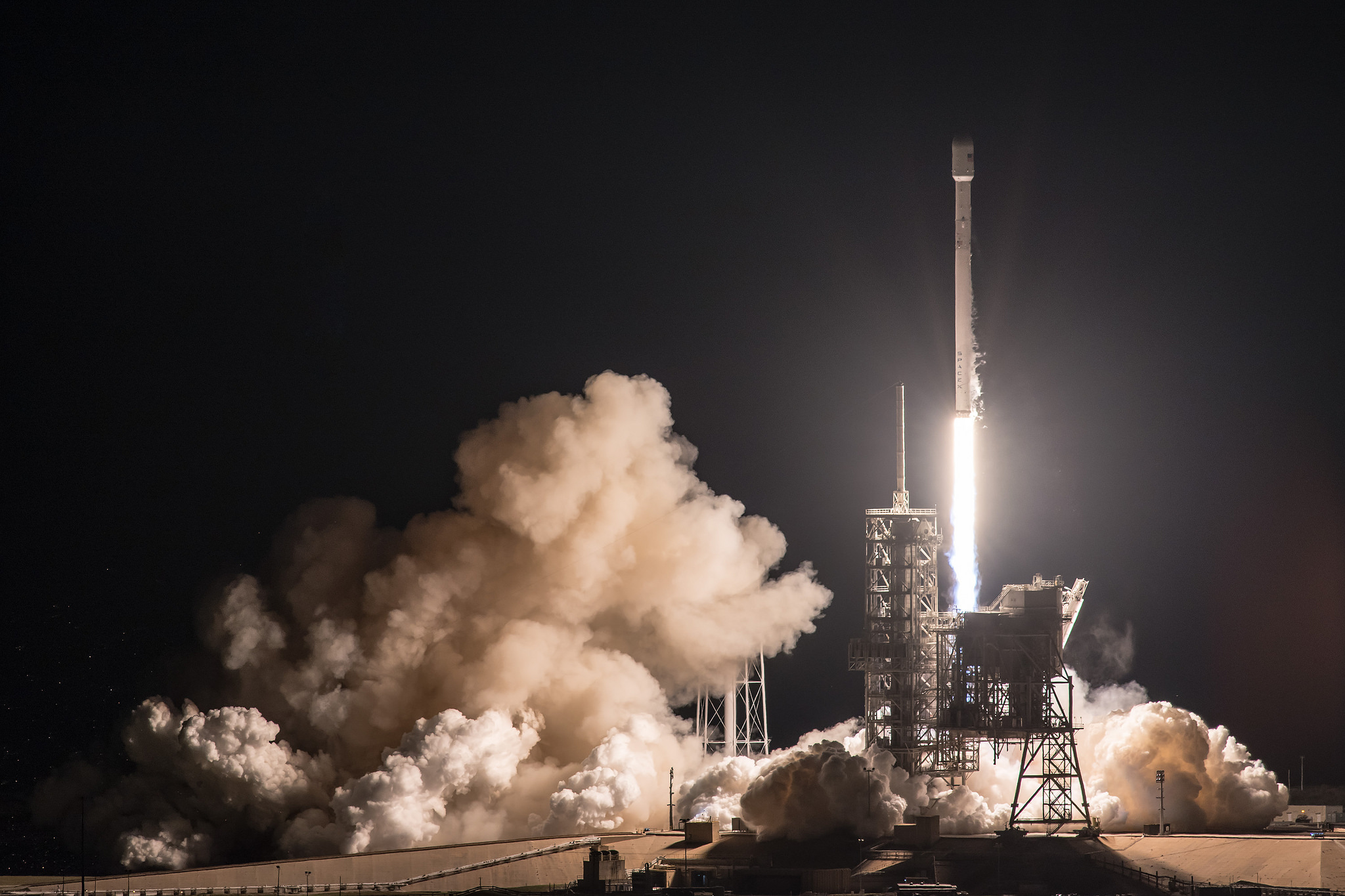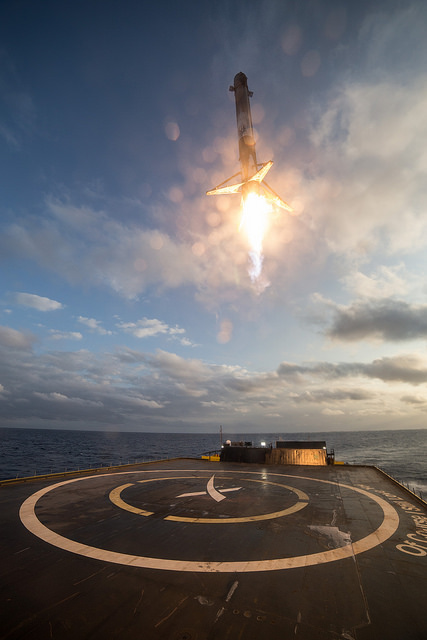
The number of private sector players involved in space exploration and the progress underway is astounding. Here are a few recent articles catching my attention:
3/20/17 – Investor’s Business Daily – There’s a New Space Race On, Courtesy of Elon Musk, Jeff Bezos And The Free Market – The main point of the article, which is barely starting to be noticed:
Space remains the final frontier. And it will be private sector entrepreneurs, not government bureaucrats, who will take us there.
Article gives a summary of the private sector companies, funded by filthy rich guys who choose to pour their wealth into space exploration, that have expanded our reach into space. According to the article, these companies have done more than NASA has in the last several decades.
Consider:
- SpaceX – funded by Elon Musk – Successfully launched a recycled Falcon 9 booster and plans to have two paying customers take a trip around the moon in 2018.
- Blue Origin – funded by Jeff Bezos, founder of Amazon – Later this year will have first human tests in space conducted by private company.
- Vulcan Inc. – funded by Paul Allen, co-founder of Microsoft – Developing Stratolaunch, a huge aircraft to launch satellites into low earth orbit at greatly reduced cost.
- Axiom Space – Aiming to get a privately owned and operated space station in orbit during 2020.
- Deep Space Industries – Developing asteroid mining capability.
- Lunar XPrize – Amazon will pay $20M to first company that lands a rover on the moon, which transmits an HD feed back to earth, and can travel 500 meters on its own power. Five teams are still in the race.
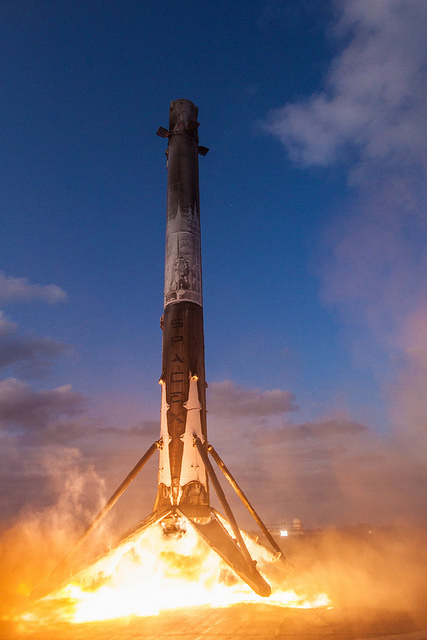
Competition is wonderful:
4/7/17 – Behind the Black – ULA slashes launch prices for Atlas 5 – ULA cut the price on their Atlas 5 by around one-third.
List price for a ULA launch is $109M, while SpaceX shows a list price of $62M, according to this article.
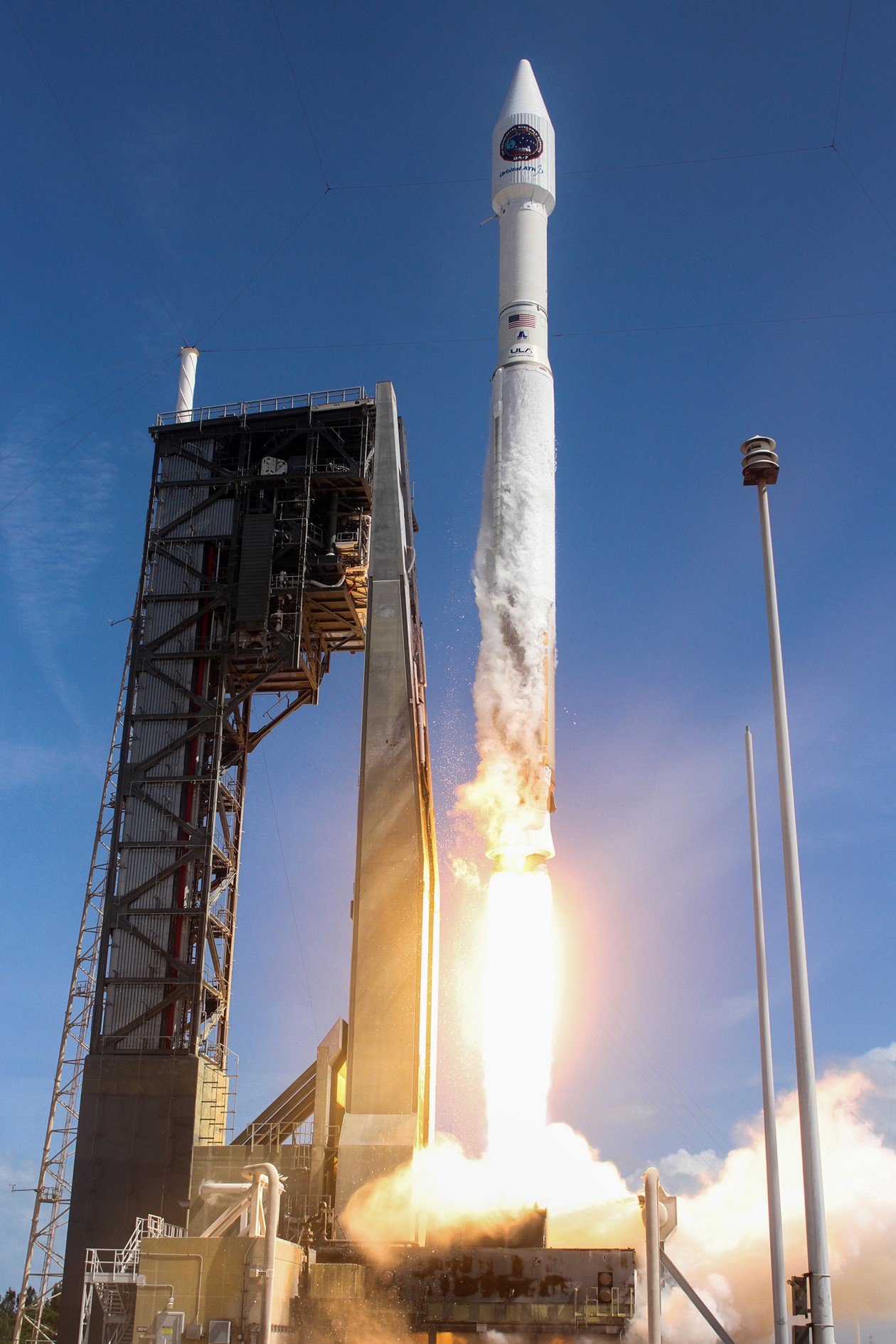
4/7/17 – Behind the Black – Air Force willing to use re-used Falcon 9 first stages – General in charge of the space division said USAF will consider a re-used Falcon 9. Reason? Lower cost.
ULA’s price cut of around 30% won’t be enough to stay competitive.
4/29/17 – Space.com – Watch SpaceX Launch a Spy Satellite for 1st Time Sunday – ULA has launched every US spy sat in the last 10 years. On 4/30 SpaceX breaks the monopoly by launching a classified load on mission NROL-76.
Since the launch window opens at 4 a.m. Pacific time, I think I’ll watch the replay sometime tomorrow afternoon.
4/20/17 – Behind the Black – China launches first unmanned freighter in test flight and Space.com – China Launches Its First Space Cargo Ship Into Orbit – Key pieces of this flight
- Tianzhou-1 – first cargo ship, hauling 6.6 tons of supplies
- Long March 7 – most powerful Chinese booster, the second launch of the series
- Wenchang Satellite Launch Center – new spaceport, second launch from it
- Tiangong-2 – orbiting space laboratory, name means the “Heavenly Palace”
This launch tests several things. The ability of Tianzhou to lift supplies to space station, which is critical to long-term missions. Previously Tiangong was crewed for 33 days, which is at the same time the longest Chinese space mission and I’ll guess is about the limit without resupply.
Also, the Tianzhou will test both of its cargo doors, its ability to control the space station with its boosters, and perform its own on-board experiments.
Even though China is by no means a private sector player it is still competition and the more competition the better.
And one competitor slows down some more…
4/27/17 – Behind the Black – NASA officially delays SLS first flight to 2019 – Previously mentioned the first SLS launch had been postponed to late 2018. Now NASA has pushed back the first launch from November 2018 to a date still to be determined in 2019.
That is after 13 years of effort and nearly $19 billion in costs.
Um, for comparison to 13 years and $19B with no launches, I think SpaceX has a billion into development and has a successful Falcon 9 booster, one of which has even been recycled.
Meanwhile, SpaceX will launch their first Falcon Heavy sometime this year.
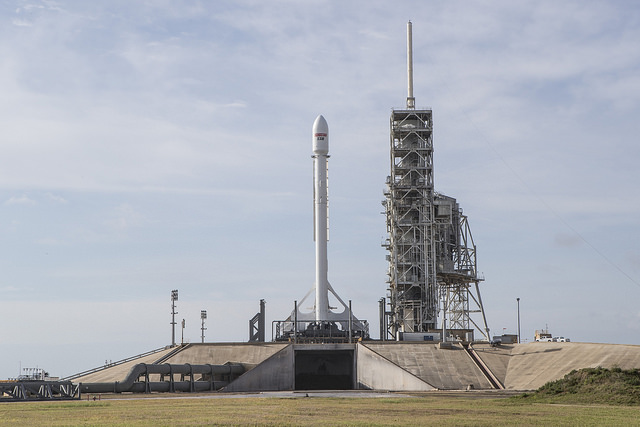
More background on recycled boosters
3/31/17 – Ars Technica – We may have just witnessed the dawn of truly commercial spaceflight – After the successful relaunch of a recovered booster, here is an outline of SpaceX’s plans:
The next goal is a 24 hour turnaround for a booster, measured from launch to launch. That will require a number of small changes, such as making the steering fins out of titanium instead of aluminum with heat shielding. Target is to achieve a 24 hour turnaround during 2018.
The goal is reach the point of 10 flights on a booster without major refurbishment and 100 flights with moderate refurbishment.
Elon Musk makes the comparison to airplanes. Imagine if SpaceX was selling a jet that could be used a dozen or hundred times while their competitors were selling a jet that could only be flown once.
Article compares the reuse of a booster to Boeing’s first trans-Atlantic flight of a 707. After the breakthrough, commercial flight blossomed over the next decade.
